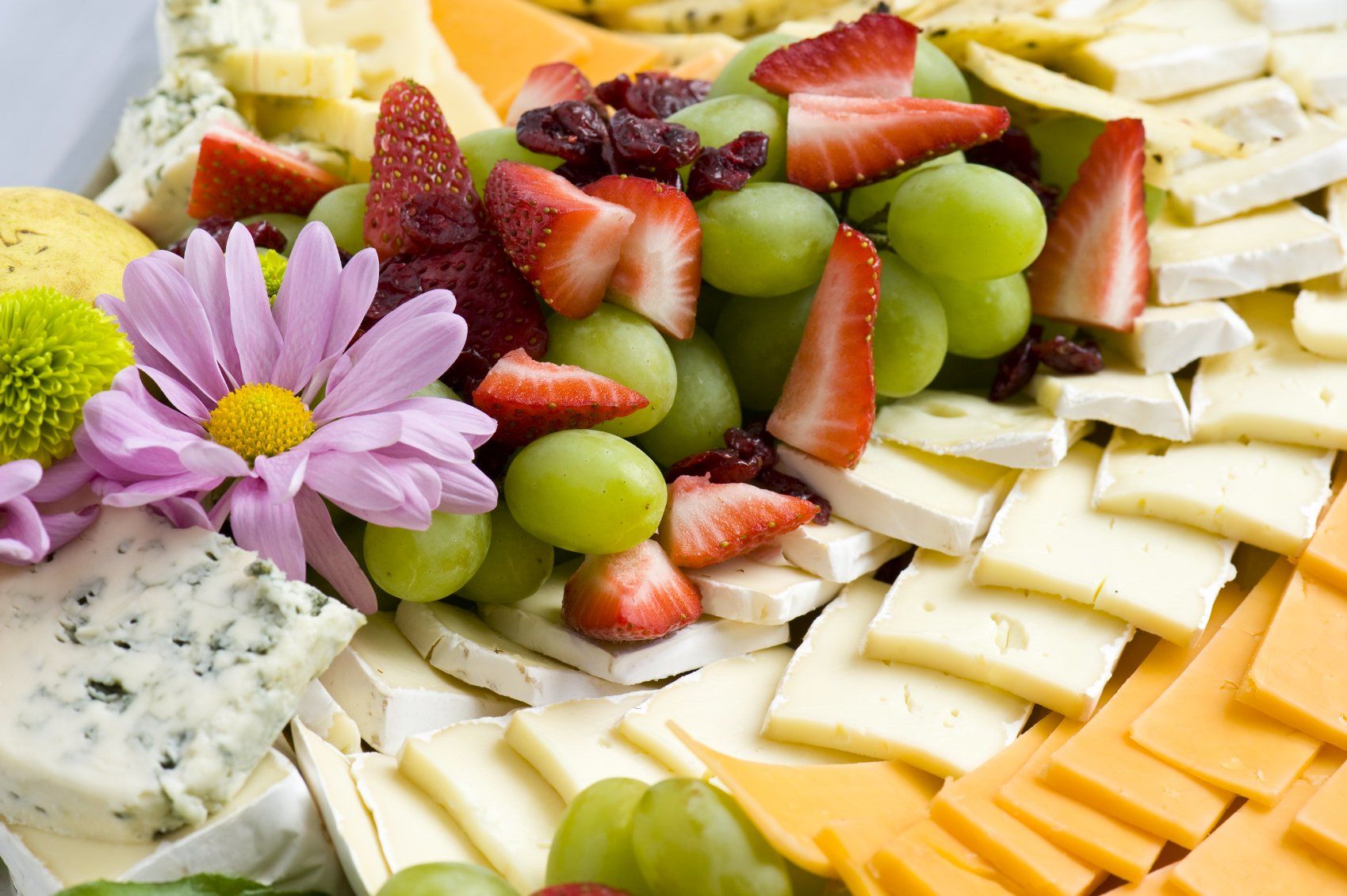Cerebral Palsy: What Does it Look Like
Cerebral Palsy

What is Cerebral Palsy?
Cerebral Palsy (CP) is the leading cause of childhood disabilities in the US. CP is an umbrella term for a group of neurological disorders that affect an individual's ability to control their muscles. This can contribute to difficulty with balancing, sitting, walking, and difficulty intentionally moving their arms and legs. Symptoms appear in infancy to early childhood and may be caused by abnormal development of the brain or a severe injury to a developing brain. Some common causes include: gene mutations, infections, exposure to toxic substances, lack of oxygen, or trauma. CP is a lifelong disorder but it is not progressive, meaning it does not get worse with time, and many individuals with CP live long and happy lives.
What does Cerebral Palsy look like?
Individuals with Cerebral Palsy present with a large variety of presentations depending on the severity of their condition and what part of the brain is impacted. Some individuals have very mild CP that is barely noticeable. Because CP impacts the brain's ability to control the muscles, some individuals with CP may have difficulty with balance or walking. These individuals may use things like crutches or a walker to help with their balance, while others may use a wheelchair to help them safely navigate their world. Other things you may see in individuals with CP are difficulty with swallowing and producing clear speech because the muscles in their mouth are also impacted. You may also see their bodies positioned into uncomfortable positions because they have what is called hypertonicity and spasticity in certain muscles. This causes these muscles to be contracted all the time and makes it very difficult for the individual to move out of that position. If one side of the brain is more impacted than the other, an individual with CP may also have a strong preference for reaching with one hand over the other or demonstrate difficulty coordinating one leg while walking. Cerebral Palsy is primarily a physical impairment, but depending on which portion of the brain is impacted, it can sometimes result in cognitive delays as well. However, 50-70% of individuals with cerebral palsy are not cognitively impacted at all!
Tips for Inclusion
Here are a few ways you can make it easier to interact with individuals with Cerebral Palsy:
- Always presume competence first, but it is okay to offer help to a friend with different abilities if you see them struggling, the same way you would offer help to anyone else.
- All activities are adaptable, so try to meet your friend where they are most comfortable. If they are in a wheelchair, move the activity to a table at a height they can fit their chair under so they can join in. If they aren't very stable in standing, transition to sitting in a chair or on the floor.
- If your friend with CP has difficulty on stairs, take the ramp with them!
- Engage with your friend with CP intellectually the same way you would with anyone else. Remember: 50-70% of individuals with cerebral palsy have no cognitive delays.
- If your friend with CP uses an alternative form of communication, make sure it is accessible to them at all times and be patient while they communicate with you.
What does therapy look like for individuals with Cerebral Palsy?
- Physical Therapy: Physical therapy will help with stretching, strengthening, balance, and safely participating in age appropriate activities such as throwing and catching, jumping, bike riding and other recreational activities. Physical therapy can also evaluate the need for equipment such as ankle braces, orthotics, a walker, or a wheelchair that can help maximize an individual's safety and independence with navigating their environment.
- Occupational Therapy: Occupational therapy works on improving play skills, functional use of the arm and hand, fine motor activities such as reaching and grasping, writing, and cutting, and activities of daily living such as bathing, using utensils during meal times, getting dressed, teeth brushing, etc. Occupational therapy can also provide other tools, strategies, and equipment to improve positioning of an individual's arm or hand or to adapt challenging activities so individuals are able to do them with greater independence.
- Speech Therapy: Speech therapy can work on strengthening the muscles around the mouth to help with difficulty with eating/swallowing and articulation errors. Speech therapy can also evaluate the need for devices for alternative communication for individuals who have a lot of difficulty with verbal communication.
- Cerebral palsy. Mayo Clinic. https://www.mayoclinic.org/diseases-conditions/cerebral-palsy/symptoms-causes/syc-20353999. Published September 1, 2021. Accessed March 14, 2023.
- Cerebral palsy. National Institute of Neurological Disorders and Stroke. https://www.ninds.nih.gov/health-information/disorders/cerebral-palsy. Accessed March 14, 2023.
- What is Cerebral Palsy? Centers for Disease Control.
What is Cerebral Palsy? | CDC . Published May 2. 2022. Accessed March 17, 2023.
- Cognitive Impairment and Cerebral Palsy. CerebralPalsy.org. Cognitive Impairment and Cerebral Palsy | CerebralPalsy.orgCerebralPalsy.org . Accessed: March 17, 2023








